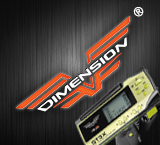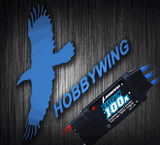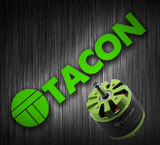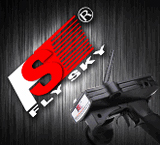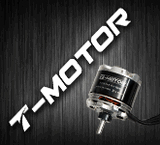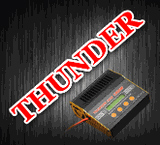AEO-RC S1 Servo Tester w/ Gyro Sensor AEORC's S1 servo tester is specifically designed to accurately measure the servo speed and helps to understand the overall performance. AEORC's S1 servo tester is the first integrated servo tester in the market which allows you to measure speed, duty cycle, travel linear & range also receiver output signal and frequency.
Specifiaction:
Input voltage: 8~12V (2S lipo or 9V 2A DC power supply)
Output voltage: 5V
Output current: 1A
Accuracy: 1us +/- 10%
Weight: 21g
Size: 69x33x11mm
Operating temperature: -10~50?C
Included;
1 x Servo tester
1 x Gyro sensor
1 x voltage regulated multi-functional servo extension wire
Our warranty/ return / exchange policy is very simple. If the item we sent you is defective when you received the shipment from us (NOT AFTER USE), you can report to us by email for return / exchange / refund arrangement. Request(s) for return or exchange and report(s) of missing or damaged part(s) must be received within 30 days of your receipt of merchandise(s). We reserves the rights to entertain requests received thereafter. Items returned must be in as-new conditions with the packing slips, manuals, accessories and all other items intact in original packaging. Returned merchandise must be received from our customer before we will process and ship out any replacement. All merchandise should be returned to us by shipping carriers with safe method which provides proof of shipment (just in case your item does not reach us. so you can check with your local shipping carrier.) We will not responsible for the lost of returned merchandise in shipping. Shipping and handling charges for all orders are non-refundable, as we have paid the Post Office to send the shipment and the Post Office will NOT refund the postage cost back to us after they processed the shipment. Customer will be responsible for the return shipping cost to send return back to us. For returned merchandise that is found to be genuinely defective, we ship out replacement for free (we pay for the replacement shipping cost) and will not charge additional shipping and handling fees. We reserves the right to return merchandise to its customer and not refund money, if we in our opinion deem that the merchandise has been used, crashed, abused, misused or modified in any form, or has been damaged by water, dust, or other contaminants. *** All items are tested by manufactures to make sure they are working properly before we ship them to our customers. *** If you used / flew the product, or crashed product, no matter what the reason. We are sorry but we can not be responsible for your crash or use. Hobbypartz.com will not be responsible for incidental or consequential damages including bodily injuries and property damages arising from the use of any product(s) that it sells. Hobbypartz.com reserves the right to refuse service to anyone. Remote controlled products and accessories can be very dangerous. Please read the operating manual before use. We have no control over the correct use, installation, application, or maintenance of our products, no liability shall be assumed nor accepted for any damages, losses or costs resulting from the use of the products. Any claims arising from the operating, failure or malfunctioning etc. will be denied. We assume no liability for personal injuries, property damages or consequential damages resulting from our products. We reserves the right to amend this policy without further notification(s). To experience 5-Star Customer Service & Tech Support from HobbyPartz.com, visit us at RCDiscuss.com
|





